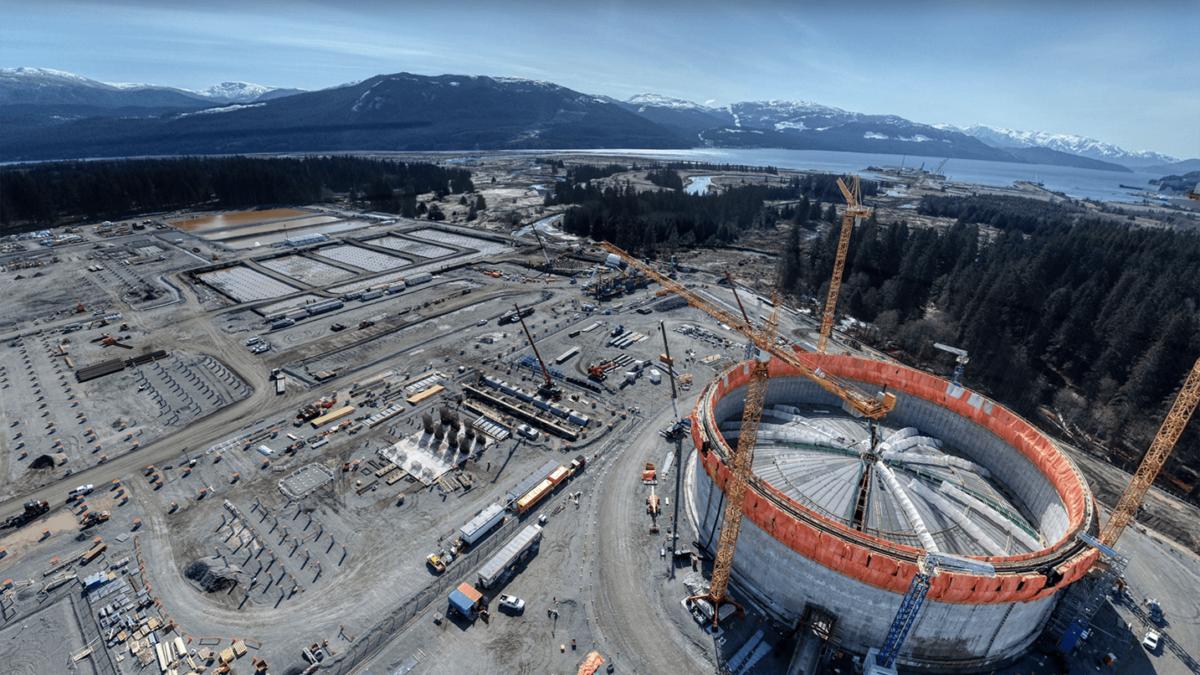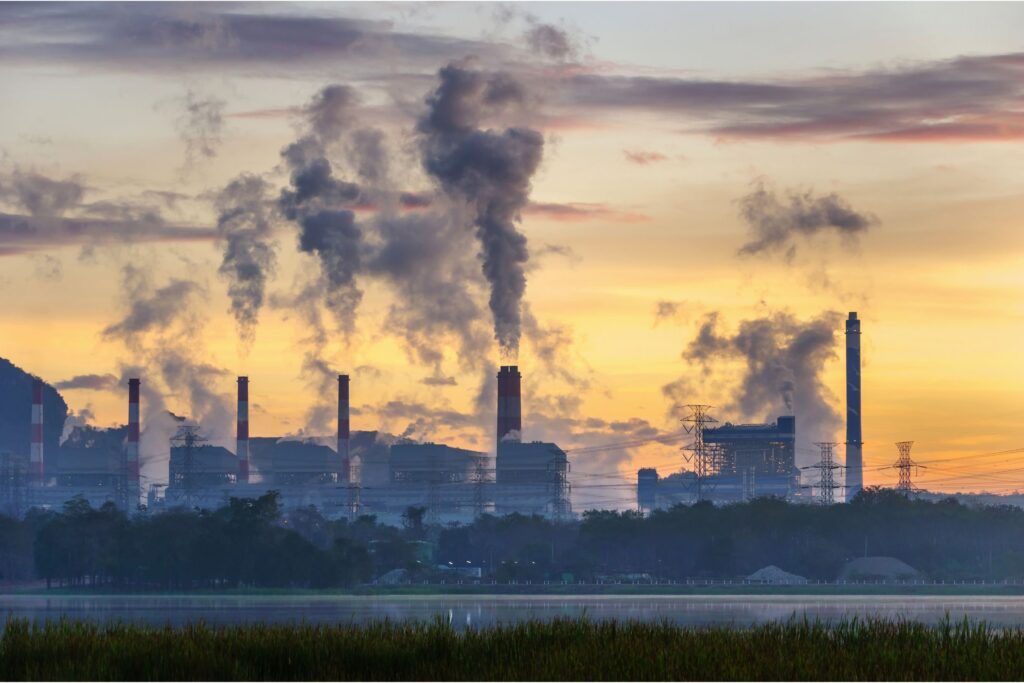There is lots of talk about fossil gas these days in Canada, and it can be a lot to keep up with. So what’s going on? And what does it mean for the climate?
The war in Ukraine and potential fuel shortages in countries like Germany this winter have brought the issue of gas into the spotlight. The industry is saying the world needs more fossil gas (also known as “natural gas”), exported overseas in the form of Liquefied Natural Gas (LNG).
Ramping up production of fossil gas and exporting it as LNG is a threat to the climate. But industry and supportive politicians are trying to convince us that LNG is a climate solution – a “bridge fuel” away from coal and towards cleaner energy. Most LNG projects, which take years to build, have been proposed or are already under construction on the West Coast, though there are a few companies eying the East Coast too.
There are three glaring reasons why LNG exports are a climate disaster and unnecessary. They are also a significant Indigenous rights concern.
LNG emits about as much greenhouse gas (GHG) as coal
Methane from the production of fossil gas may make LNG about as bad a greenhouse gas emitter as coal. The argument from industry has been that gas is about 50 per cent cleaner burning than coal. But a key study industry cites only looked at emissions from burning the two fuels, not at the whole process, including the extraction, refining, and shipping. More recent studies have shown LNG and coal to have closer overall emissions, and LNG sometimes being even more emitting than coal.
In part, this is due to the huge amounts of methane that leak into the atmosphere while making and transporting LNG. Methane is a much more potent GHG than carbon dioxide (CO2), and methane leaks have long been massively under-reported.
Large volumes of methane can be released while fracking, the process of extracting gas from shale rock. Most gas in Canada is now made by fracking. Because methane releases are still under-reported, we don’t actually know the full extent of how bad LNG really is. The Alberta government has been doing an awful job tracking and controlling methane leaks, and shows little sign of improvement despite years of promises.
Overall, the case that LNG is lower-emitting than coal is dubious at best.
LNG might not displace coal, and even it if does, it’s still a fossil fuel
Fossil gas is still a fossil fuel! Even if it were half as polluting as coal, that is still way too polluting to reduce emissions as fast as we need to, and have a good chance at limiting catastrophic climate change.
And there is no evidence that LNG exports would necessarily reduce coal use around the world. Some new LNG facilities are being built near new coal facilities. The two together just add to the overall amount of fossil fuels being used. Which is exactly what we need to avoid.
Some research shows that new LNG infrastructure may actually be displacing the adoption of renewable energy in Asia. We desperately need to move to renewables, and there is momentum in that direction. So we can’t backslide to LNG.
Building new LNG infrastructure is a 20-year commitment, at least
Building new LNG infrastructure locks in the fossil fuel economy for decades. Because infrastructure like pipelines and LNG export terminals last 20 years or more, it means that those facilities will keep polluting that whole time. Droughts and fires and flooding are bad enough now. We can’t risk adding new massive streams of pollution that make it worse.
And when fossil fuels are not extracted, it turns out overall production and consumption of fossil fuels go down. A Stockholm Environment Study calculated that when a barrel of oil is not extracted in one location, there is an overall reduction in the amount of oil being extracted globally. It is not the case, as industry tries to tell us, that if we don’t supply the oil or gas, that someone somewhere else in the world will supply just as much. It turns out that less fossil fuel being produced means exactly that: less fossil fuels being produced. And that means less emissions.
LNG projects also consistently violate Indigneous rights
Canadian fossil gas and LNG export infrastructure is also being built in violation of the Indigenous rights, including the United Nations Declaration on the Rights of Indigenous Peoples (UNDRIP). Canada LNG, the biggest project, is being supplied with fossil gas through the Coastal Gaslink Pipeline, which runs through unceded Wet’suwet’en territory without consent of the hereditary leaders. There are also fracking operations in other Nations’ territories which they are protesting against. Fracking operations cut people off from their lands, and pollute the water.
LNG is a highly polluting fossil fuel, and one we can’t afford to bet our futures on.









